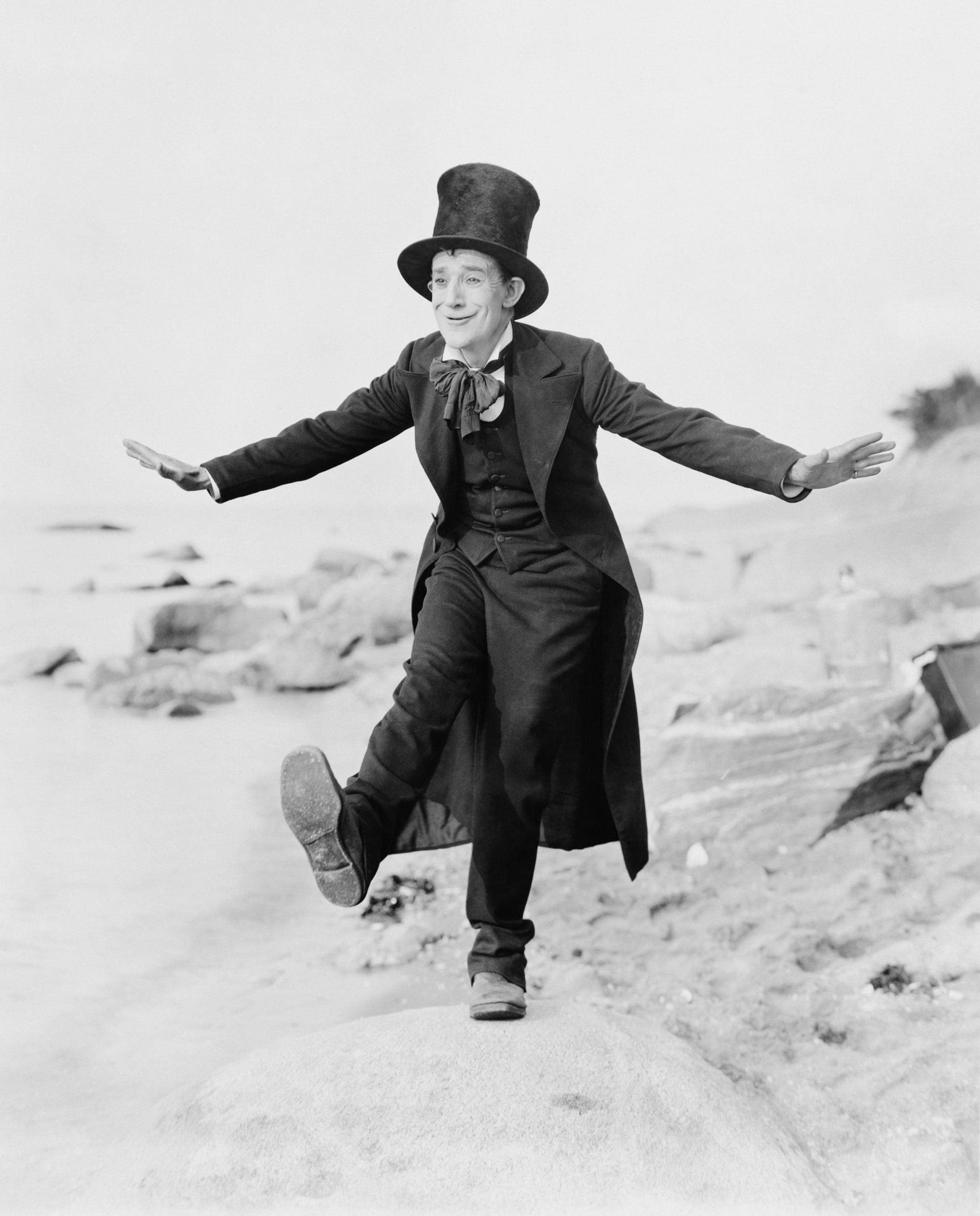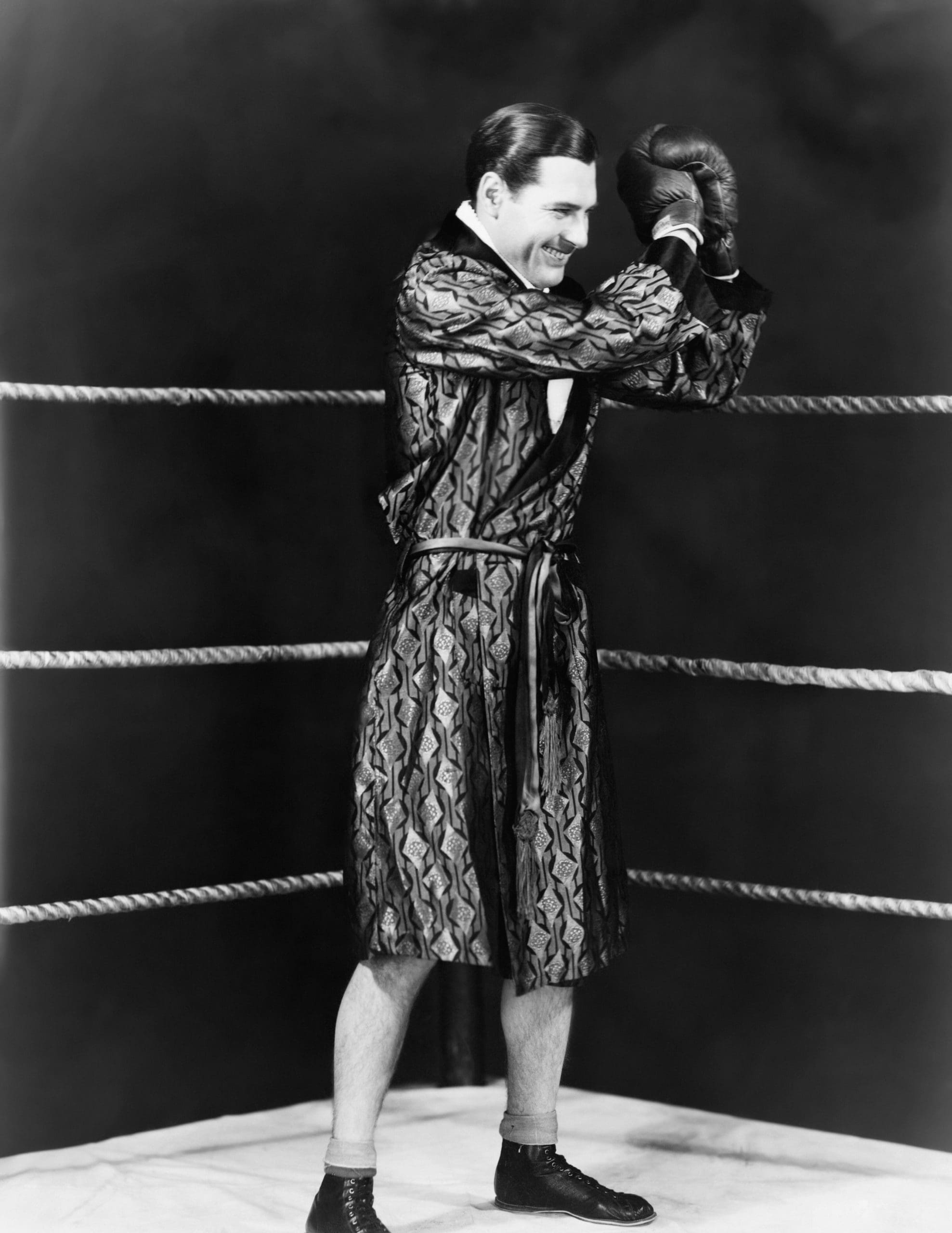[vc_row][vc_column width=”1/1″][vc_column_text uncode_shortcode_id=”151175″][embedpress]
[/embedpress]
Now we know where the term ‘brand’ comes from (see Lesson 1), it’s time to look at the more recent history of the brand in this post, ‘Brand: History Lesson 2’.
Standing out
With the 1960s bringing the rise of new media, including TV and video, came the increased need to stand out. The competition was no longer just between companies but also between countries and cities fighting for the attention of tourists. In 1969, Canada became the first nation to have its own symbol and logo. This then started a trend in cities branding themselves.

This importance of having a logo extended to all organisations, whatever size, which led to graphic design and branding becoming a part of everyday business. Everything from annual reports to the company’s overall ‘image’ had to be recognisable.
However, just having a strong visual identity wasn’t enough. Businesses had to focus a lot on the service they were offering to make it the best it could be.
McDonald’s shows how it’s done
McDonald’s is a great example of a company that really pushed itself beyond visuals to succeed in becoming a strong brand, especially in the late 1970s.
A strong work ethic was something which all McDonald’s employees had to possess. All new members were trained by watching videos about McDonald’s policies and practices. The new employees would then be given a trainer to help them learn the proper procedures, as consistency was key.
Quality customer service was a very important aspect of McDonald’s establishing itself. It was essential to keep customers happy. There was also an emphasis on cleanliness. If the employees had any spare time they would be expected to clean.

I think one of the ways where McDonald’s was able to do so well was with ‘suggestive selling’, which can still be seen today. This is where you would be asked if you wanted a drink or dessert with your order or if you wanted to “supersize that” – they were always trying to get more from their customers.
To encourage staff to work to the best of their ability, McDonald’s hosted an All-Stars competition. Employees could compete to win in their category nationally. They would win a trophy, shares in McDonald’s and a cash prize, amongst other things.
Having strong visuals from such an early stage – including a memorable mascot, Ronald McDonald – and a very identifiable ‘M’ as their logo (which was referred to by many as ‘The Golden Arches’), helped them build such a strong brand which is still one of the biggest today.
To be a strong brand you had to focus on the overall message you were portraying, just like McDonald’s did.
Surviving as a strong brand
With communication becoming two-way between consumers and companies, businesses were forced to listen to their customers and develop themselves based on audience feedback.
Being an ethical brand was also brought to light, with brands like Nike being scrutinised for their working conditions. It takes a strong brand to be able to bounce back from bad press like this and Nike has managed to remain powerful. .
But it doesn’t end there. With the rise of new media and technology, businesses had to keep up and create a presence online. With nearly 1 billion websites online right now, it seems almost impossible to show up on the first page of a Google search.
Companies have started to invest in digital marketing to give their brand a chance of surviving and ensure their audience remains loyal. . I will be exploring this further in my next post, ‘Brand: History Lesson 3’.[/vc_column_text][/vc_column][/vc_row]





